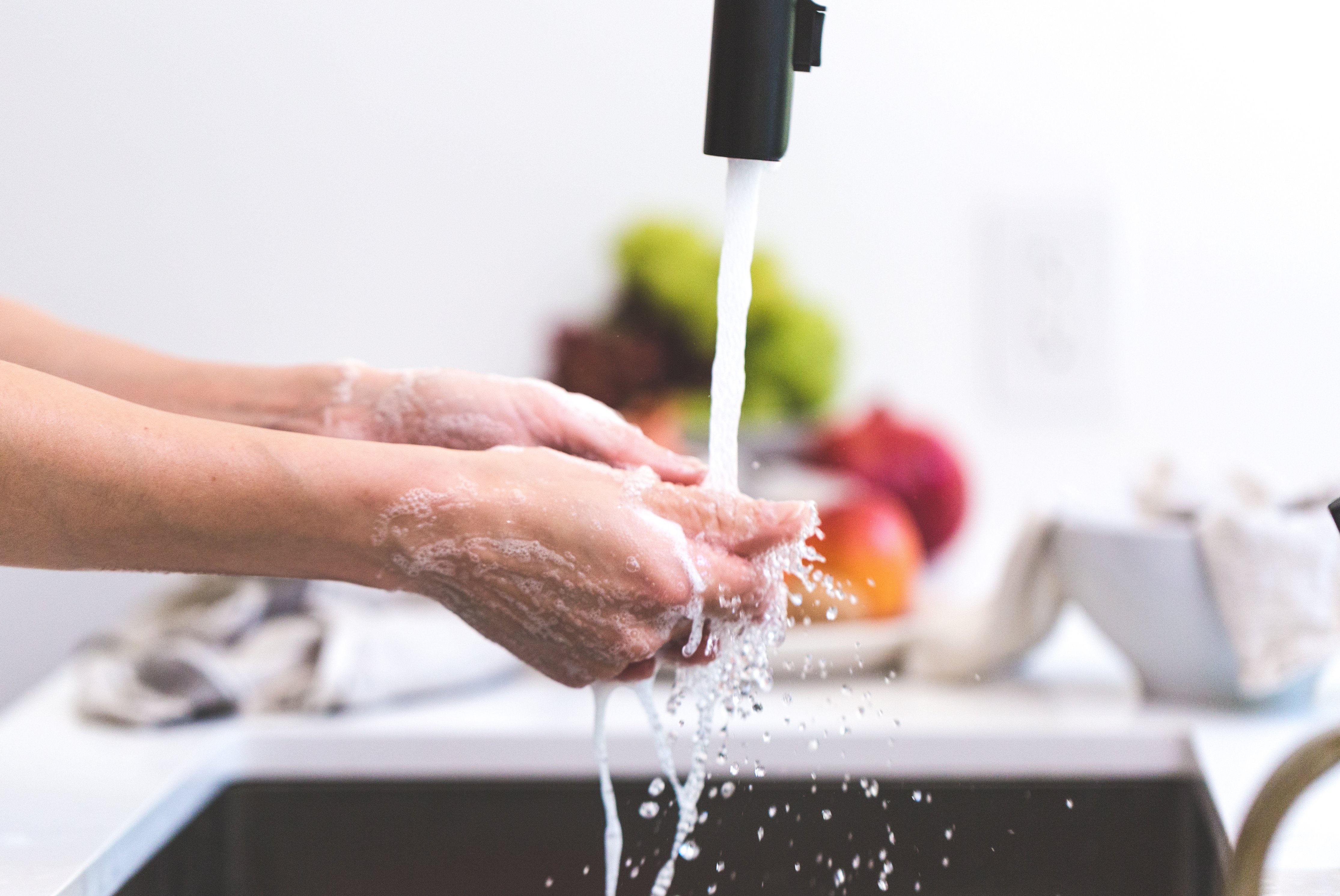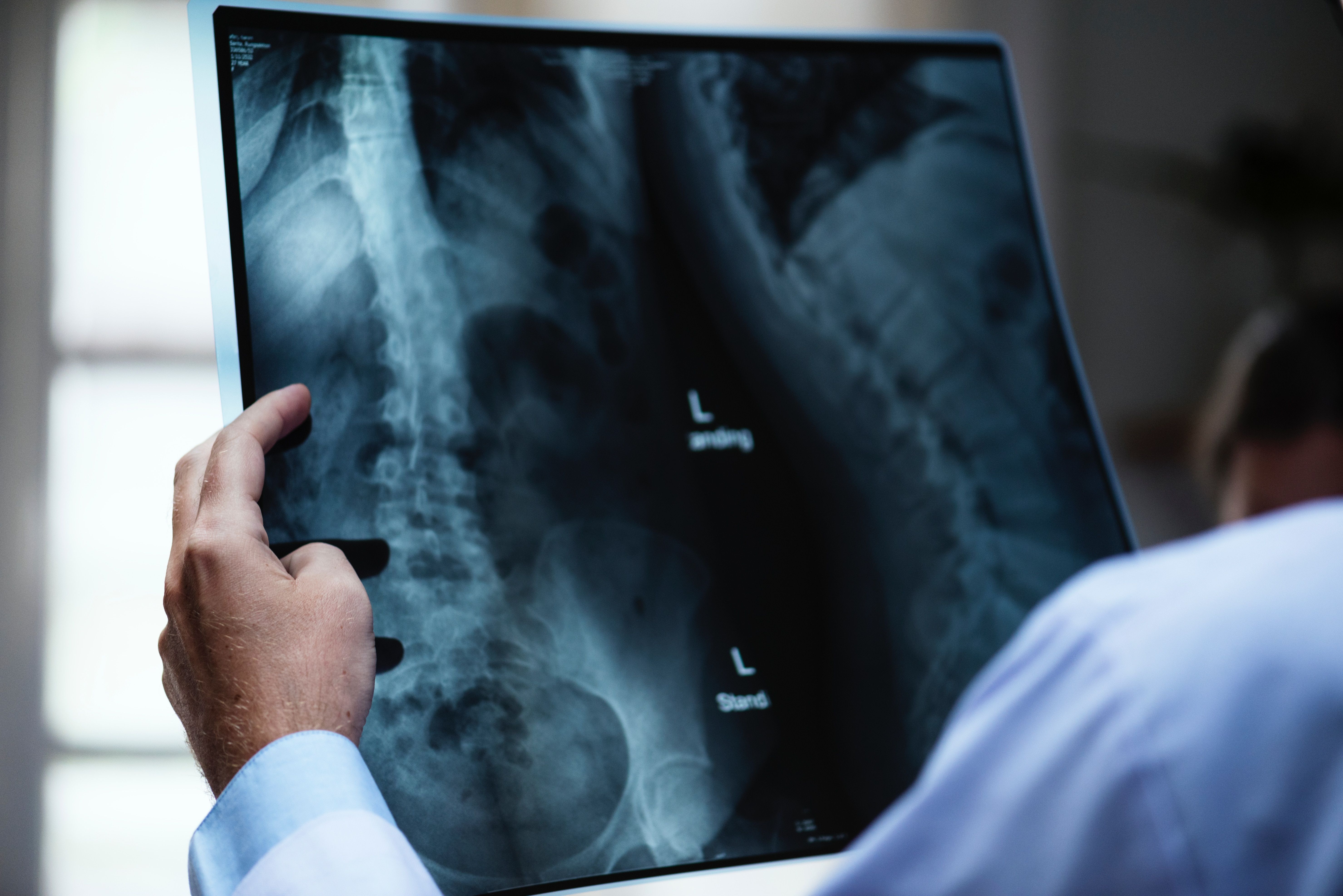A bone-healthy diet can help in preventing and managing osteoporosis.
Like any living tissue, bones need nutrients so that they can grow and then maintain that growth. That’s why a key component to both managing and preventing osteoporosis is good nutrition. Is there a bone-healthy diet? The answer is yes. Here are five steps to eating well for strong bones.
1. Eat more vegetables, fruits and whole grains
Studies show that eating more vegetables and fruits will lead to improved bone health. These foods are generally lower in calories and fat and are high in fiber and essential vitamins and minerals. They also contain phytochemicals, substances that can help protect against a variety of diseases, including osteoporosis.
Aim to eat four or more servings of vegetables and three servings of fruit each day. Fruits and vegetables are excellent sources of magnesium, potassium, and vitamins C, K and A. All play a role in maintaining bone health.
Also eat four servings of grains daily. Choose whole grains when possible because whole grains contain more nutrients, especially magnesium and fiber, than do refined grains.
2. Choose healthy sources of protein and fat
Protein is important for bone health, because it’s a major component of bone tissue and plays a role in maintaining bone. The best choices include plant proteins, such as beans and nuts, as well as fish, skinless poultry and lean cuts of meat. Plant proteins are rich in vitamins, minerals and estrogen-like plant compounds that help preserve bone. Low-fat dairy products, including milk and plain yogurt, are another good source of protein and also provide calcium, which benefits bone health. Protein should account for 25 to 35 percent of your total daily calories.
You need some fat in your diet for your body to function properly. The best choices are monounsaturated fats, such as those found in olive oil, nuts and seeds. Cold water fish also provide essential omega-3 fatty acids — eicosapentaenoic acid (EPA) and docosahexaenoic acid (DHA). Even these fats, however, should be eaten in limited amounts. Avoid saturated fats, which have been shown to be detrimental to bone health in adults.
3. Get plenty of calcium
Calcium is critical to bone health. This mineral is a key building block of bone, and it helps prevent bone loss and osteoporotic fractures in older people. Although the recommended daily intake for most adults ranges from 1,000 to 1,200 milligrams (mg) or more, the typical diet provides much less.
If you’re not getting enough calcium, try to increase your consumption of foods that are high in the mineral. Milk and other dairy products are the richest food sources, but calcium is also found in kale, broccoli, and calcium-fortified foods such as juices, cereals and tofu products.
If you can’t get enough calcium in your diet, then you should consider a calcium supplement. A calcium supplement is often recommended for postmenopausal women because it can reduce the rate of bone loss. Calcium should not be taken alone, however. Vitamin D is essential for proper calcium absorption, and magnesium helps direct the calcium to the bone, keeping it out of the soft tissues.
4. Limit sugar, salt and phosphate additives
Foods that contain sugars added during processing generally provide a lot of calories, additives and preservatives, but very few vitamins, minerals and other nutrients. For this reason, dietary guidelines often recommend that you limit processed foods and beverages. Soft drinks are often the biggest culprit.
Too much salt in your diet also can be harmful. Not only can salt cause high blood pressure, but too much salt also can increase the amount of calcium you excrete from your body with urination. Aim for a limit of 2,300 mg of salt daily — the equivalent of about one teaspoon.
Phosphorus is used as an additive in many processed foods. Too much phosphorus in your diet can interfere with how much calcium is absorbed through your small intestine.
To limit your intake of these problematic ingredients, check the labels on the processed foods you buy at the grocery store and choose fresh foods whenever possible.
5. Limit alcohol and caffeine consumption
Consuming more than one or two alcoholic drinks a day hastens bone loss and reduces your body’s ability to absorb calcium. If you choose to drink alcohol, do so in moderation. For healthy adults, that means up to one drink a day for women of all ages and men older than age 65, and up to two drinks a day for men age 65 and younger. And drinking alcohol with meals will slow calcium’s absorption as well.
Caffeine can slightly increase calcium loss during urination. But much of its potentially harmful effect stems from substituting caffeinated beverages for milk and other healthy drinks. Moderate caffeine consumption — about 2 to 3 cups of coffee a day — won’t be harmful as long as your diet contains adequate calcium.
Article Source: Mayo Clinic



